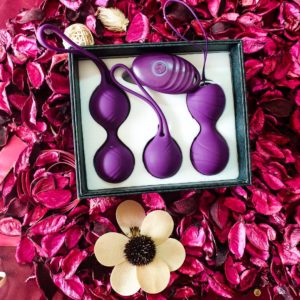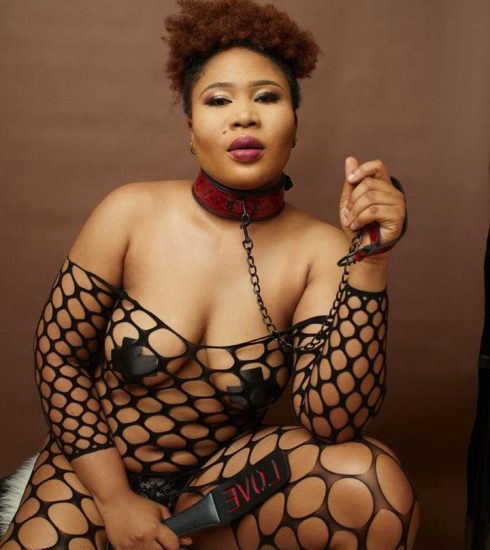What Causes Natural Changes to the Breasts?
Are you paying attention to your breasts, ladies? If you are, you will notice the changes that occur to a woman’s breasts through the years. Most of these changes are fairly common to all women, though they may vary from woman to woman
Puberty
The first changes you’ll notice in your breasts as woman starts here. This is fueled by the female hormone, estrogen. A small bump starts to grow under your nipple. Followed by major changes in the nipple and the areola (dark circle around your nipple). These two begin to grow larger and darker as the breasts continues to grow in size. For most women, the breasts do not grow evenly. This means that one breast may grow larger than the other. This difference may be slight, or noticeable. Over the years, they even out into almost the same size a your breasts grow into their full size.
Good to Note: Your breasts start out a couple of years before your first period. Also, growth varies from one woman to the other.
Menstrual cycle
Like every other woman, this is usually the first thing that comes to mind when you notice a change in size, tenderness or pain in your boobs. But did you know your menstrual cycle is divided into two phases? The Follicular phase and the Luteal phase.
During the follicular phase ( which starts on the first day of your period) estrogen and progesterone levels are low and your breasts are at their minimum volume. This means that this is the period your breasts are in their true size and it’s a great time to get to know your breasts.
The Luteal phase follows right after ovulation, as estrogen and progesterone levels rise, causing you to experience an increase in blood flow to your breasts. This means that this is the period your breasts increase in size, tenderness and sensitivity.
Good to Note: Before you raise alarm on any new changes in your breasts, pay attention to it during these two phases.
Pregnancy
Another thing to rule out when you notice an unusual change to your breasts is pregnancy. Most of the changes that occur in your breasts during pregnancy prepare your body for breastfeeding. Blood vessels, ducts, and lobules in your breasts that are involved in producing and transporting milk begin to expand. This process leads to tenderness, heaviness, and a noticeable increase in your cup size. The same changes also affect your areola and nipples causing them to expand.
Good to Note: Pregnancy symptoms are different in every woman and this applies to breast changes too. They may come earlier, or later.
Breastfeeding
Breast milk is triggered after delivery in most women. Soon after delivery, there’s a surge in the hormone prolactin. This tells your breasts to begin producing milk for breastfeeding. If you have never gone through this stage before, you may be shocked to find that many different things can stimulate your breasts into leaking milk, even when you finish breastfeeding.
Good to Note: Pregnancy is not the only event that can cause your breasts to lactate. Consult a doctor quickly if you notice an unusual breast discharge.
Menopause
Contrary to what you may have come to believe about this last stage in a woman’s life, the breasts do not shrink or reduce in size. In fact, the breasts may increase in size due to the general weight gain of women at this stage. However, because breast density reduces with age, there’s a higher proportion of fatty tissue and less support. Your breasts becomes softer and begin to sag.
Good to Note: Exercising with a supportive bra can make a world of difference at this stage













